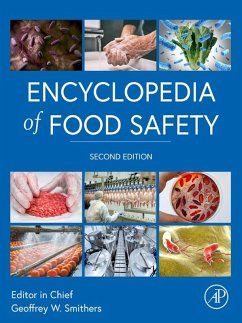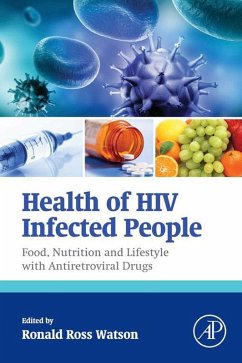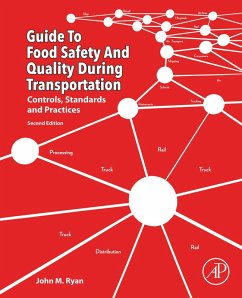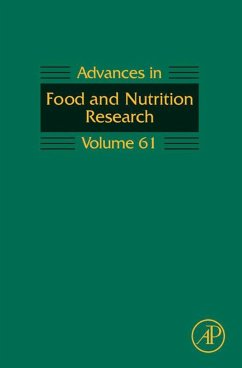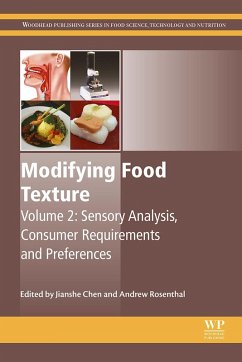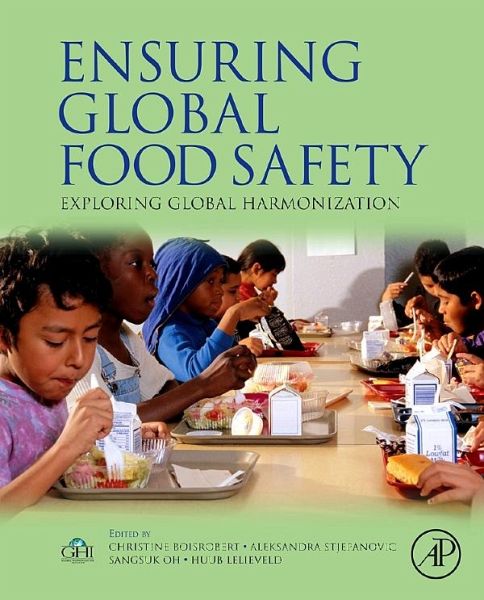
Ensuring Global Food Safety (eBook, ePUB)
Exploring Global Harmonization
Redaktion: Boisrobert, Christine; Lelieveld, Huub; Stjepanovic, Aleksandra; Oh M. S
Versandkostenfrei!
Sofort per Download lieferbar
68,95 €
inkl. MwSt.
Weitere Ausgaben:

PAYBACK Punkte
34 °P sammeln!
Taking into account toxicity levels at normal consumption levels, intake per kg bodyweight and other acknowledged considerations, each chapter in this book will be based on one or more proven examples. It is intended to provide specific examples and potential improvements to the safety of the world's food supply, while also increasing the amount of food available to those in undernourished countries. This book is designed to to provide science-based tools for improving legislation and regulation. - Reduce amount of food destroyed due to difference in regulations between nations - Positively im...
Taking into account toxicity levels at normal consumption levels, intake per kg bodyweight and other acknowledged considerations, each chapter in this book will be based on one or more proven examples. It is intended to provide specific examples and potential improvements to the safety of the world's food supply, while also increasing the amount of food available to those in undernourished countries. This book is designed to to provide science-based tools for improving legislation and regulation. - Reduce amount of food destroyed due to difference in regulations between nations - Positively impact the time-to-market of new food products by recognizing benefit of "one rule that applies to all" - Use the comparison of regulations and resulting consequences to make appropriate, fully-informed decisions - Employ proven science to obtain global consensus for regulations - Understand how to harmonize test protocols and analytical methods for accurate measurement and evaluation - Take advantage of using a risk/benefit based approach rather than risk/avoidance to maximize regulatory decisions
Dieser Download kann aus rechtlichen Gründen nur mit Rechnungsadresse in A, B, BG, CY, CZ, D, DK, EW, E, FIN, F, GR, HR, H, IRL, I, LT, L, LR, M, NL, PL, P, R, S, SLO, SK ausgeliefert werden.




